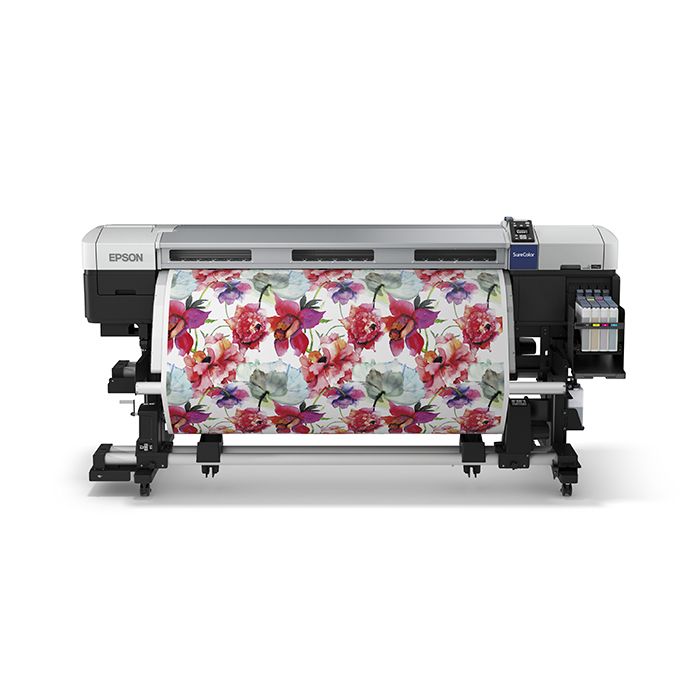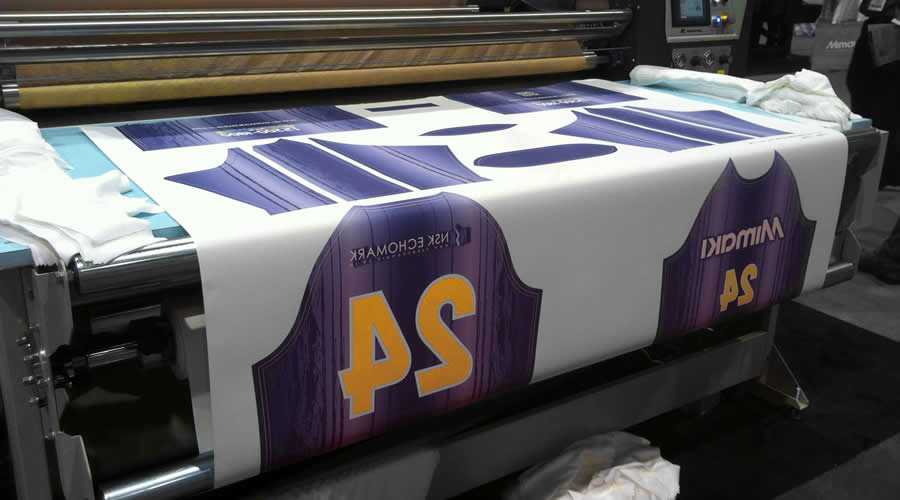Why DTF Printing is the Future of Custom-made Clothing Production
Why DTF Printing is the Future of Custom-made Clothing Production
Blog Article
From Traditional to Digital: Comprehending the Evolution of Fabric Printing
The change of towel printing from conventional approaches like block printing and resist dyeing to contemporary strategies such as screen and electronic printing notes a significant shift in the textile market. Typical methods, steeped in artisanal workmanship and social significance, have slowly paved the way to digital innovations that use extraordinary precision, efficiency, and personalization. This transition not only improves production abilities yet additionally straightens with growing demands for sustainable methods. Yet, exactly how do these improvements impact the essence of towel printing, and what might the future hold for this ever-evolving craft?
Conventional Towel Printing Techniques
In the very early stages of fabric manufacturing, standard fabric printing approaches served as the cornerstone of textile style, offering both performance and creative expression. Block printing, one of the earliest methods, included sculpting elaborate layouts right into wooden blocks, which were then dipped in color and pressed onto material.
Resist dyeing, including strategies like batik and tie-dye, used wax or other substances to stop color from passing through certain areas of the material. This approach developed striking contrasts and intricate styles, frequently imbued with cultural value. Stenciling, another conventional approach, entailed reducing patterns into a material and applying dye with the openings, supplying a less complex yet effective way to create repeated layouts.
These typical methods not only shaped the textile market's early advancement yet additionally laid the groundwork for future developments. Each method showed the regional and cultural qualities of its origin, protecting and distributing artisanal understanding with generations.
The Rise of Screen Printing
The introduction of screen printing in the very early 20th century marked a significant separation from standard techniques, offering extraordinary adaptability and efficiency. Display printing made it possible for designers to produce detailed patterns and vivid shades on fabrics, which were previously challenging to attain with block printing or hand-painting techniques.
Among the crucial advantages of screen printing is its capacity to duplicate complicated styles widespread with amazing fidelity. This scalability made it tremendously prominent in the industrial fabric sector, where mass production without compromising top quality is critical. Display printing fits a vast array of inks and dyes, increasing the scheme of structures and coatings available to designers.
Moreover, the process is extremely versatile, suitable for different material types including cotton, silk, and synthetics. This flexibility, combined with its cost-efficiency for large runs, strengthened screen printing's function as a foundation of contemporary fabric manufacturing. Hence, the rise of screen printing transformed the market, pushing the limits of what was feasible in fabric layout.

The Arrival of Digital Printing
Structure on the exceptional improvements brought by display printing, the fabric sector experienced an additional groundbreaking development with the advent of digital printing. Emerging in the late 20th century, digital printing transformed the means layouts are moved onto textiles, offering extraordinary versatility and effectiveness. Unlike standard techniques, which commonly called for substantial setup and significant manual treatment, electronic printing utilizes computer-aided style (CAD) innovation to create elaborate patterns directly onto the textile with my explanation high accuracy.
This advancement has actually allowed fabric makers to satisfy the growing demand for modification and on-demand manufacturing. By removing the requirement for plates and screens, electronic printing minimizes lead times and reduces product waste, making it an extra lasting choice. The ability to publish complicated photos and a variety of colors in a solitary pass has opened new creative methods for designers, promoting a surge in imaginative expression within the market.
Additionally, electronic printing supports smaller sized batch manufacturing runs, which is especially advantageous for specific niche markets and startup style brands. This technical leap has not just boosted functional efficiency however also democratized accessibility to top notch textile printing, establishing the stage for future advancements in fabric layout and production.
Comparing Strategies: Conventional Vs. Digital
While both traditional and digital printing techniques have their very own distinct benefits, they vary substantially in terms of procedure, efficiency, and ecological effect. Typical cloth printing, including methods like block printing and display printing, entails manual work and complex workmanship. These approaches are celebrated for their capability to generate vivid shades and you could try this out rich structures, usually resulting in distinct, artisan-quality products. They are labor-intensive, lengthy, and commonly restricted in terms of shade selection and design complexity.
On the other hand, digital printing employs advanced technology to move layouts straight onto material using inkjet printers. This approach supplies unparalleled accuracy and a substantial variety of color options, enabling detailed and extremely comprehensive styles. Digital printing is considerably faster, permitting for fast turnarounds and just-in-time manufacturing, which minimizes the need for huge stock storage. In addition, it sustains personalization and small set production, accommodating modern consumer demands for personalized items.
From an environmental point of view, digital printing is normally more lasting. It makes use of much less water and creates marginal waste compared to standard methods, which usually include extensive washing and coloring procedures. Electronic printing is increasingly preferred in a period where ecological considerations are vital.
Future Fads in Cloth Printing
As the textile market proceeds to evolve, future patterns in fabric printing regularly point in the direction of higher assimilation of modern technology and sustainability. One significant trend is the boosted application of electronic printing modern technologies. These advancements enable for higher precision, quicker manufacturing times, and the capacity to develop intricate designs that were once difficult with standard approaches. Digital fabric printing is expected to dominate the market, driven by its effectiveness and flexibility to consumer demands for individualized and limited-edition items.

In addition, the consolidation of clever textiles, which incorporate electronic parts into materials, is set to reinvent the marketplace. These textiles can give added capabilities such as temperature guideline, health monitoring, and interactive attributes. As innovation remains to breakthrough, the crossway of digital printing and clever textiles will open up new opportunities for practical and imaginative applications in fabric printing.
Verdict
The evolution of cloth printing from traditional methods to digital technologies notes a substantial improvement in the fabric market. While conventional techniques highlight artisanal workmanship and social heritage, electronic printing provides exceptional precision, performance, and modification.
The transformation of towel printing from conventional methods like block printing and stand up to dyeing to modern methods such as screen and electronic printing marks a substantial shift in the fabric market. Display printing allowed designers to create elaborate patterns and vibrant shades on fabrics, which were formerly challenging to achieve with block printing or hand-painting approaches.
Building on the exceptional developments brought by display printing, the textile sector experienced one more groundbreaking growth with the introduction of electronic printing. Branded clothing. Standard towel printing, encompassing techniques like block printing and screen printing, entails hands-on labor and detailed workmanship. As innovation proceeds to development, the crossway of electronic printing and smart fabrics will certainly open brand-new avenues for innovative and useful applications in fabric printing
Report this page